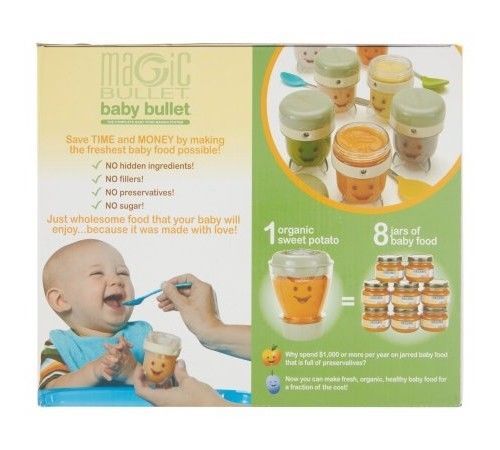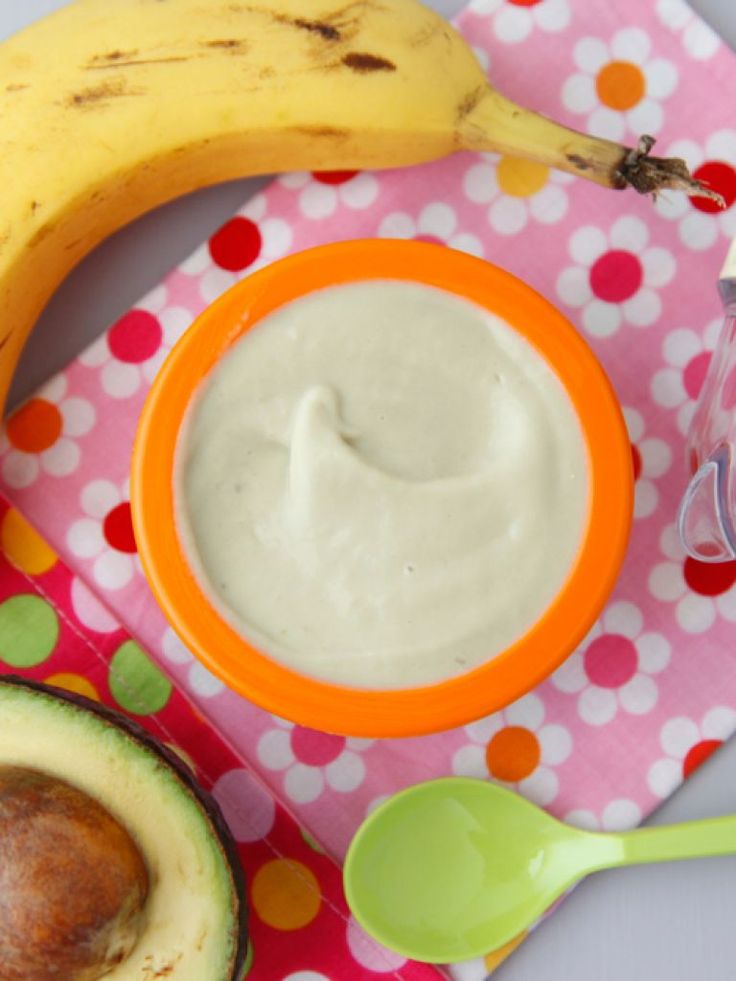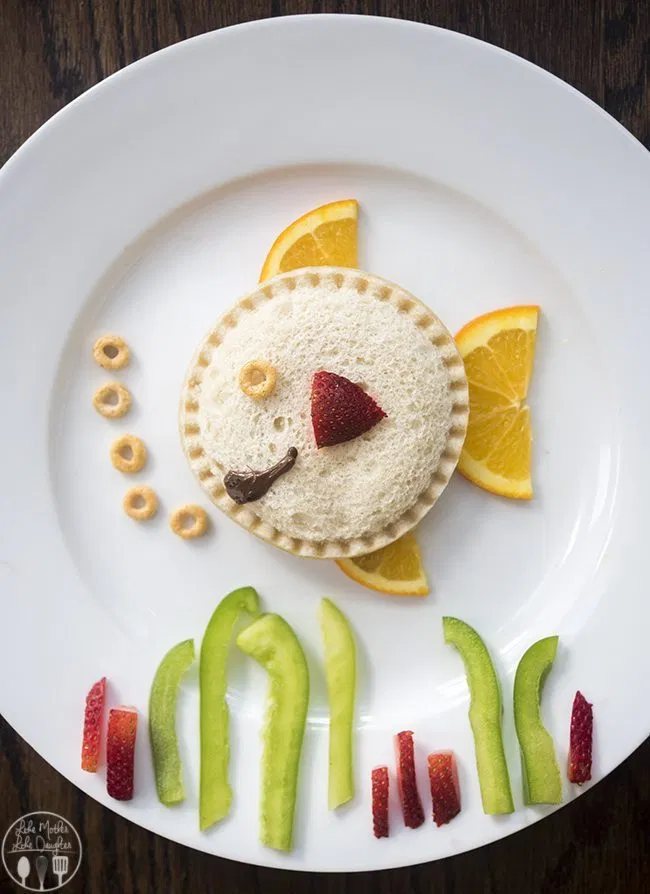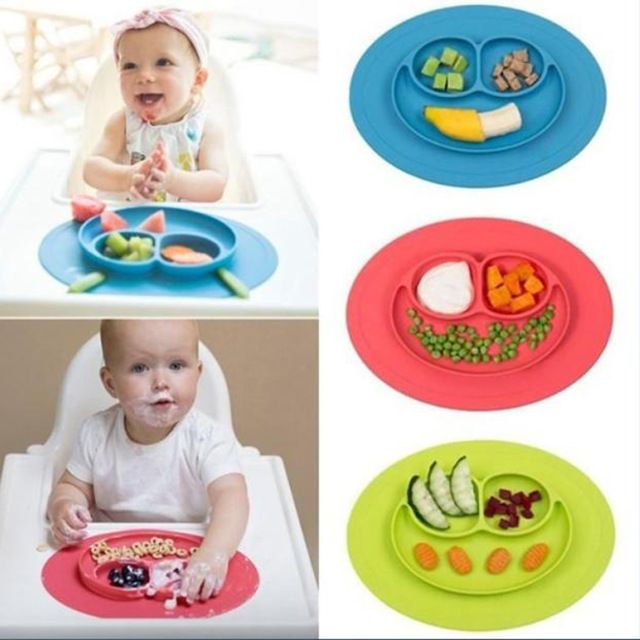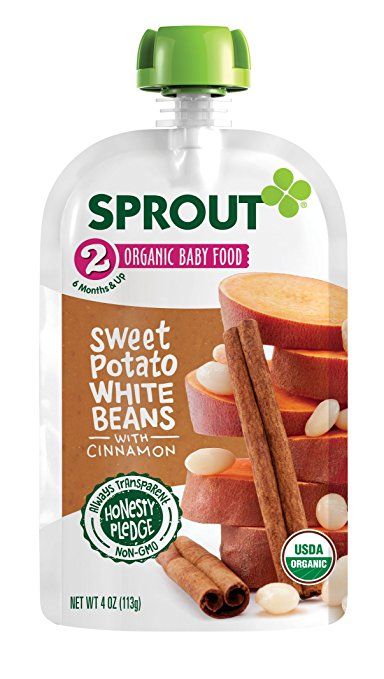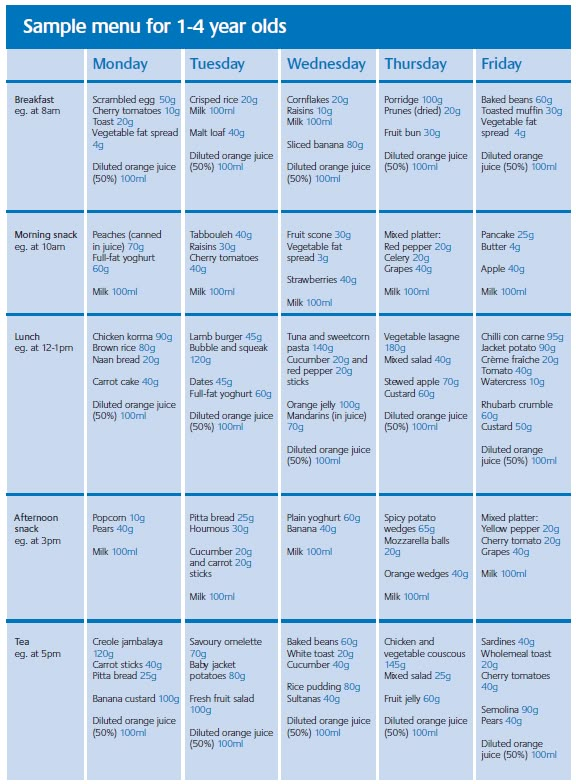Baby food recipes with pomegranate
Pomegranate Pumpkin Pear Puree - Baby Food
768 shares
I love using seasonal ingredients for my recipes and when I see pomegranates at the farmers’ market it can only mean that summer is over and fall is starting.
Pomegranate is such a beautiful fruit, the red shiny pearls are almost fascinating and I have to confess that removing the pearls from the skin has an extremely calming effect for me 🙂
When I used to prepare homemade baby food for my kids I really liked to use any fresh and seasonal ingredient I could find locally…and pomegranate was one of them!
yes, pomegranate is a lovely baby food ingredient 🙂
Pomegranates are a lovely and baby friendly fall fruit, loaded with antioxidants, vitamin C and K. In addition they have quite an unique taste.
This puree is on the sweet side, appropriate starting from 6M and I really like it because it has all the flavors of fall, spices included!!
I paired the pomegranate with some pumpkin (we are in Fall, aren’t we???) to add some sweetness and creaminess and a pear for that unique grainy texture. Also, I added some spices: cinnamon and nutmeg to complete the Fall flavor. The final result was so good that the whole family enjoyed it as a special dessert :-0
Preparing the baby puree is super simple:
Start with cleaning the pumpkin (peel + remove seeds + chop in small pieces). Yes, you can buy organic fresh precut pumpkin at the store, it’s fine!
Core and chop the pear in small pieces too. I didn’t peel the pear, we are going to make a puree and most of the nutrients are in the skin 😉
Steam the pumpkin cubes by themselves for 10 min and than add the pear too for additional 2 min.
Meanwhile peel the pomegranate and separate the seeds…and relax 😉
In a food processor or in a tall container if you use and immersion blender add all the ingredients: steamed pumpkin + pear + pomegranate + a pinch of cinnamon + a pinch of nutmeg and blend up until smooth.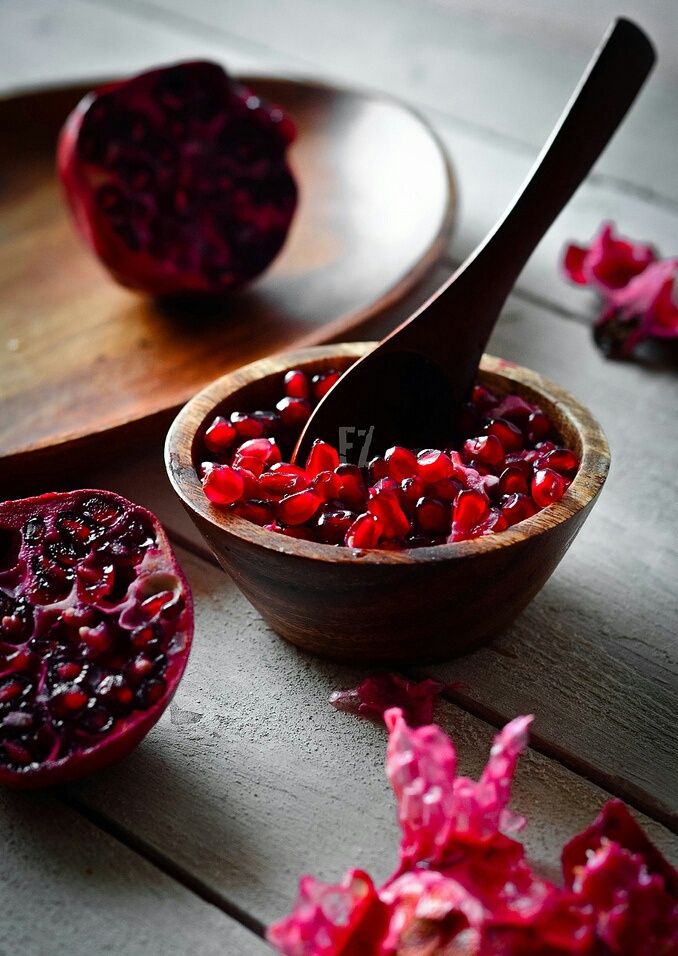 If you are preparing this puree for a little baby (+6M) be light with the spices…a tiny pinch, nothing more. Their spices sensitivity is way higher than ours!!!
If you are preparing this puree for a little baby (+6M) be light with the spices…a tiny pinch, nothing more. Their spices sensitivity is way higher than ours!!!
The pomegranate seeds might not dissolve, it depends from the food processor speed and blades, that’s why you will need to use a sieve to completely remove the seeds from the puree.
Enjoy!!!
P.S. The recipe can be frozen for up to 4 months
- 3/4 cup pomegranate pearls
- 1 pear
- 1 cup pumpkin cubes
- 1 pinch cinnamon
- 1 pinch nutmeg
-
Chop the pumpkin pulp in cubes
-
Do not peel the pear, core it and chop in cubes
-
Steam the pumpkin cubes for 10 min and than add the pear for additional 2 min
-
Peel the pomegranate and separate the pearls
-
In a food processor add all the ingredients and blend up until smooth
-
Use a sieve to completely remove the seeds from the puree.

768 shares
fruit baby foodfruit baby pureehealthy baby foodpearpomegranatepomegranate baby foodpomegranate baby pureepomegranate pureepumpkinpumpkin baby foodpumpkin pureewinter baby food
About Barbara Lamperti
In Italian BuonaPappa means “enjoy your baby food”. I thought that if I had issues cooking for my baby for the first time, well, maybe I was not the only mom in this situation. Why not start sharing what I learned with other moms and dads all around the world? That's how BuonaPappa.net was born, THANK YOU for following! I feel honored and humbled daily that you would stop by and view my recipes. Grazie mille!
Pomegranate juice Recipe for Babies
Having fruits as a whole is recommended rather than having it as juice. But in the case of pomegranates, there is a risk of choking with the pomegranate seeds for younger babies. Hence it is better to prefer pomegranate juice when you introduce pomegranate to babies(Other juice options for Babies )
When to introduce juice for babies:For the first six months, breastmilk or formula meets all the needs for a baby.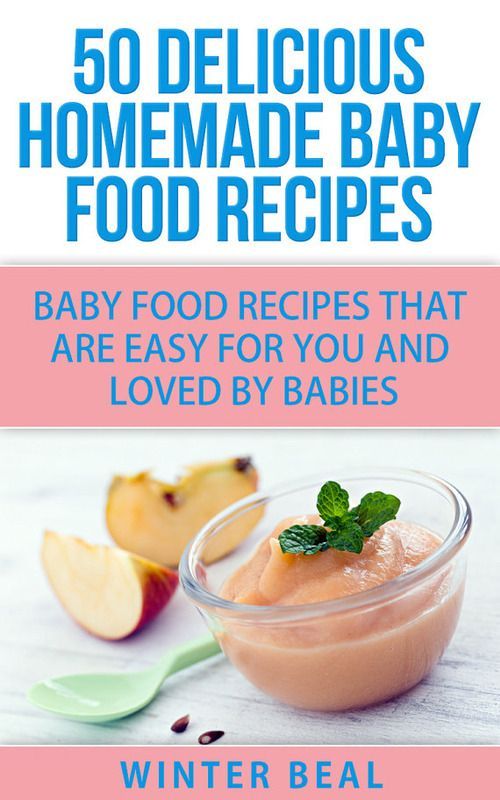 Juices can be included in babies diet after six months, only during mealtime as giving juice with meals helps body absorbs iron from the food. When you introduce, dilute one part of juice with ten parts of boiled water. Always prefer a cup over the bottle to give juice for babies to prevent tooth decay. You can offer a maximum of 100 ml per day. Always remember that breastmilk or formula should be primary for babies until one year hence prefers juices occasionally and when the baby is sick.
Juices can be included in babies diet after six months, only during mealtime as giving juice with meals helps body absorbs iron from the food. When you introduce, dilute one part of juice with ten parts of boiled water. Always prefer a cup over the bottle to give juice for babies to prevent tooth decay. You can offer a maximum of 100 ml per day. Always remember that breastmilk or formula should be primary for babies until one year hence prefers juices occasionally and when the baby is sick.
- Helps to cure dental problems
- Eliminates digestive disorders
- The best remedy for diarrhea
- Controls fevers
- Cure stomach infections
5 from 3 votes
Pomegranate Juice Recipe for Babies - Easy and healthy juice recipe with pomegranate.
Course Beverage
Cuisine Indian
Prep Time 5 minutes
Cook Time 5 minutes
Total Time 10 minutes
Calories
Author Kalyani
- ▢ Pomegranate - 1 medium-sized
- ▢ Water - 1/4 cup
Here is how to de-seed the pomegranate.
 Wash the pomegranate in running water thoroughly. Then cut about half an inch from the top and bottom of the pomegranate. Now score the pomegranate 4-6 times around the midline. Don't go so deep but deep enough to touch the skin.
Wash the pomegranate in running water thoroughly. Then cut about half an inch from the top and bottom of the pomegranate. Now score the pomegranate 4-6 times around the midline. Don't go so deep but deep enough to touch the skin.Now you can open the fruit using your thumb. It will break into 4-6 pieces easily. Now collect the pearls using your finger.
Transfer the collected pomegranate pearls to the blender along with water. Blend it for 10 seconds. Don't grind too long as you might grind the seeds too.
Strain through a strainer and collect the juice in a vessel.
Serving: 2g
Tried this recipe?Mention @gkfooddiary or tag #gkfooddiary!
Method :
1. Here is how to de-seed the pomegranate.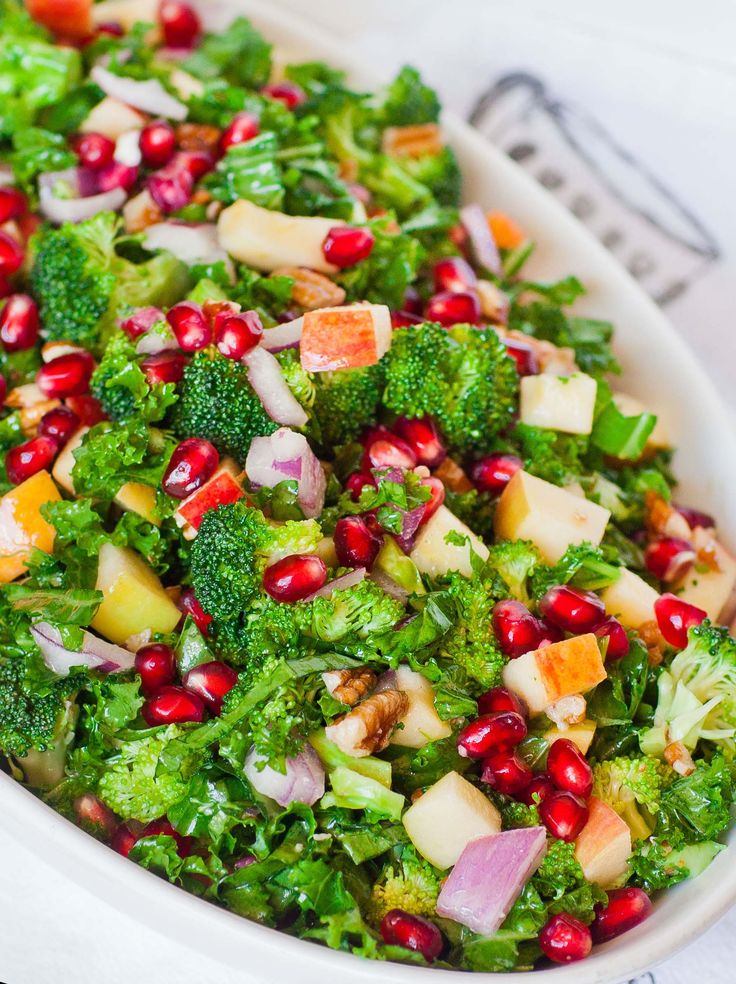 Wash the pomegranate in running water thoroughly. Then cut about half an inch from the top and bottom of the pomegranate. Now score the pomegranate 4-6 times around the midline. Don't go so deep but deep enough to touch the skin.
Wash the pomegranate in running water thoroughly. Then cut about half an inch from the top and bottom of the pomegranate. Now score the pomegranate 4-6 times around the midline. Don't go so deep but deep enough to touch the skin.
2. Now you can open the fruit using your thumb. It will break into 4-6 pieces easily. Now collect the pearls using your finger.
3. Transfer the collected pomegranate pearls to the blender along with water. Blend it for 10 seconds. Don't grind too long as you might grind the seeds also.
Pomegranate salad with apples. Delicious quick salad recipe. Children food. Diet food
- Main dishes
- First course recipes
- Soup recipes
- Dressing soups
- Broths
- Second course recipes
- Meat and offal dishes
- Fish and seafood dishes
- Rabbit, poultry and game dishes
- Vegetable dishes
- Omelettes, scrambled eggs, egg dishes
- Popular recipes
- Pasta dishes
- Bean Dishes
- From cottage cheese and dairy products
- Mushroom Dishes
- flour and cereal dishes
- Side dishes
- Dessert recipes
- Compotes, kissels
- Jelly, mousse, sambuca, parfait
- Creams
- Other desserts
- sauces for sweet dishes
- Drink recipes
- Tea, coffee
- Cocoa, chocolate, milk, cream
- Drinks from berries, fruits, vegetables
- Sbitney and kvass
- cocktails, crunches, mulled wines, grogs, etc.
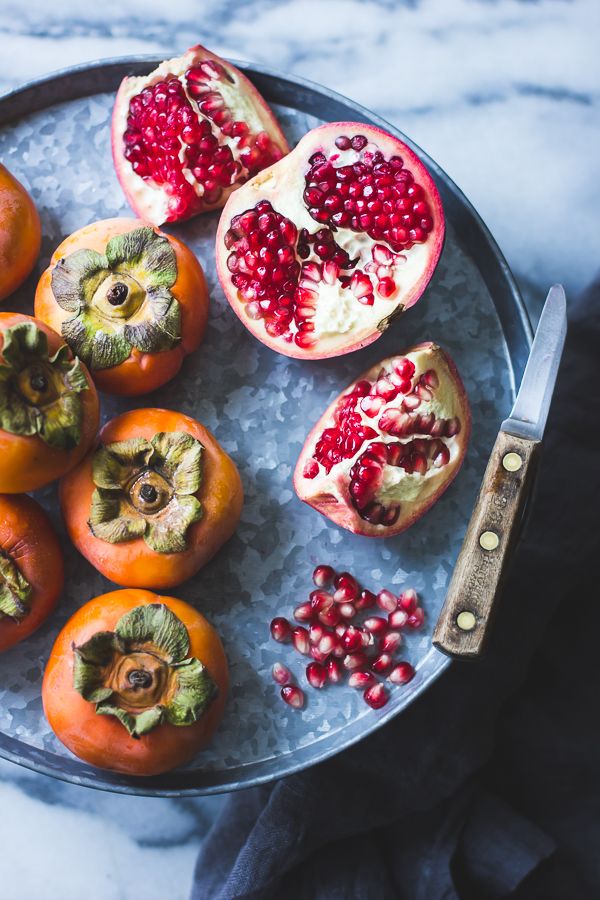
- Alcoholic drinks
- First course recipes
- Confectionery dishes
- Baking recipes
- Cakes and pastries
- Pies and pies
- Small pastries
- Cakes, rolls, puddings, etc.
- Filling recipes
- Minced meats and fillings
- Creams, syrups, pomades
- Baking recipes
- Blanks
- Homemade recipes
- Pickles
- Marinades
- Salads
- Caviar, spices, dressings and other recipes
- Sweet homemade preparations
- Jams
- Compotes
- Candied fruits and fruits
- Homemade recipes
- Kitchens and meals
- National cuisine
- Vegetarian cuisine
- Baby food
- Diet food
- Medical nutrition
- Diets
- Orthodox cuisine
- Lenten dishes
- Orthodox holidays
- Special dishes
- Special recipes
- Holiday recipes
- Instant recipes
- Recipes from our readers
- Ancient Recipes
- Microwave Recipes
- Snack Recipes
- Snacks of meat and meat products
- Fish and seafood snacks
- Vegetable snacks
- Salads and vinaigrettes
- Egg and dairy snacks
- Condiments, sauces and spices
- Condiments and spices
- Sauces and dressings
- Special recipes
- Tips and secrets
- Helpful tips for housewives
- It's interesting
- Table setting and decoration
www.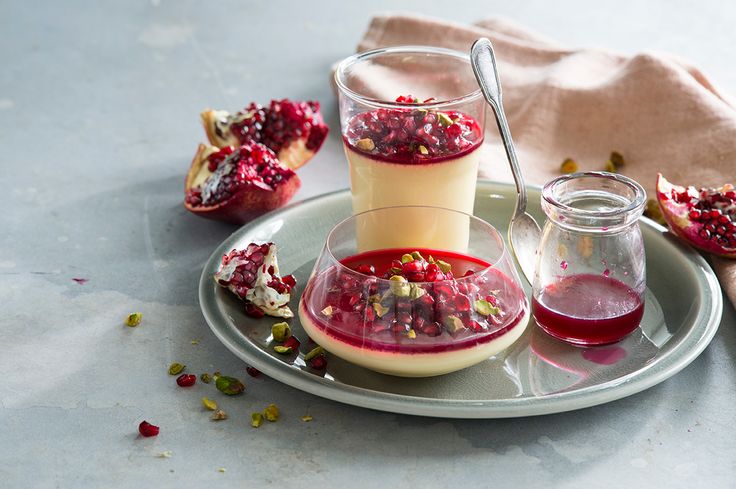 wild-mistress.ru >> Cooking >> Kitchens and food >> Baby food
wild-mistress.ru >> Cooking >> Kitchens and food >> Baby food
by Notes of a Wild Mistress
It's time for pomegranates to ripen. Pomegranate is used as a dessert, juices, extracts, syrups are made from pomegranate, added to salads and meat dishes. Our cookbook contains good culinary salad recipes. Prepare pomegranate apple salad with our delicious quick recipe for baby food and diet food. Ingredients for Pomegranate and Apple Salad : 1 pomegranate, 1 apple, 1 onion, 2 tablespoons of mayonnaise.
To prepare the pomegranate apple salad, peel the pomegranate and separate the seeds. Cut apples for salad into cubes. Peel the onion for the salad, finely chop, combine with apple and pomegranate, season with mayonnaise, mix, put in a salad bowl, garnish with pomegranate seeds and serve the salad to the table.
Bon appetit!
posted by Simonova Natalia
home menu salads diet meals wild mistress
The following articles from this section
Read or leave a comment
- Comments
- Add your comment
- Rules
Comments
Add your comment
Text
Sending a comment
Your comment has been sent. It will appear in the comments list, immediately after checking it moderator.
It will appear in the comments list, immediately after checking it moderator.
Salad "Latvia". Delicious original salad recipe.
Appetizer of vegetables and fruits. Diet recipe
Everyone loves salads, even the appearance of a salad made from vegetables, fruits and herbs is appetizing. Salads are served for dinner, as an addition to the main dishes. We suggest you prepare a delicious original salad recipe, which is a dietary dish. Prepare salad "Latvia" according to our delicious culinary recipe from the national Latvian cuisine.
Pineapple salad with celery. Delicious original salad recipe.
Appetizer of vegetables and fruits. Diet recipe
Everyone loves salads, even the appearance of a salad made from vegetables, fruits and herbs is appetizing. Salads are served for dinner, as an addition to the main dishes. We suggest you prepare a delicious original salad recipe, which is a dietary dish. Prepare a pineapple and celery salad according to our delicious culinary recipe.
Salads are served for dinner, as an addition to the main dishes. We suggest you prepare a delicious original salad recipe, which is a dietary dish. Prepare a pineapple and celery salad according to our delicious culinary recipe.
Site map
Homemade baby puree: 9 recipes0001
Fruit and vegetable puree for babies at home: cooking secrets
Vegetable and fruit puree is often the baby's first meal after breast milk or formula, so many mothers prefer to cook it themselves. Although modern manufacturers convince us that baby food is devoid of preservatives and harmful additives, fresh vegetables and fruits are much healthier, especially when it comes to infant nutrition. Yes, and cooking baby puree at home is not so difficult.
Vegetables or fruits?
Let's try to make baby puree for our beloved baby. Despite the fact that pediatricians of the last century recommended starting complementary foods with fruits, it is better to first introduce the child to vegetables - modern doctors and nutritionists have come to this conclusion. Boiled vegetables do not irritate the gastrointestinal tract, are better absorbed, satisfy hunger, do not cause allergies and increased gas formation. In addition, vegetables do not contain fructose, which irritates the pancreas. And one more weighty argument in favor of the fact that it is better to start with vegetables - fruits are tastier, and if the baby tries them first, he will refuse vegetables, because they will seem to him more insipid.
Boiled vegetables do not irritate the gastrointestinal tract, are better absorbed, satisfy hunger, do not cause allergies and increased gas formation. In addition, vegetables do not contain fructose, which irritates the pancreas. And one more weighty argument in favor of the fact that it is better to start with vegetables - fruits are tastier, and if the baby tries them first, he will refuse vegetables, because they will seem to him more insipid.
How to prepare baby vegetable puree
What can baby puree be made of? The ideal puree for the first feeding is from cauliflower or zucchini. A little later, you can introduce pumpkin, broccoli, carrots, potatoes and green peas. Before cooking, vegetables are washed well, peeled, cut into pieces and cooked - steamed, in the oven or in the usual way, in water. The first two methods are preferable because oven roasting and steaming preserve the vitamins, minerals, nutrients, and natural color in the vegetables. And most importantly - such vegetables are much tastier.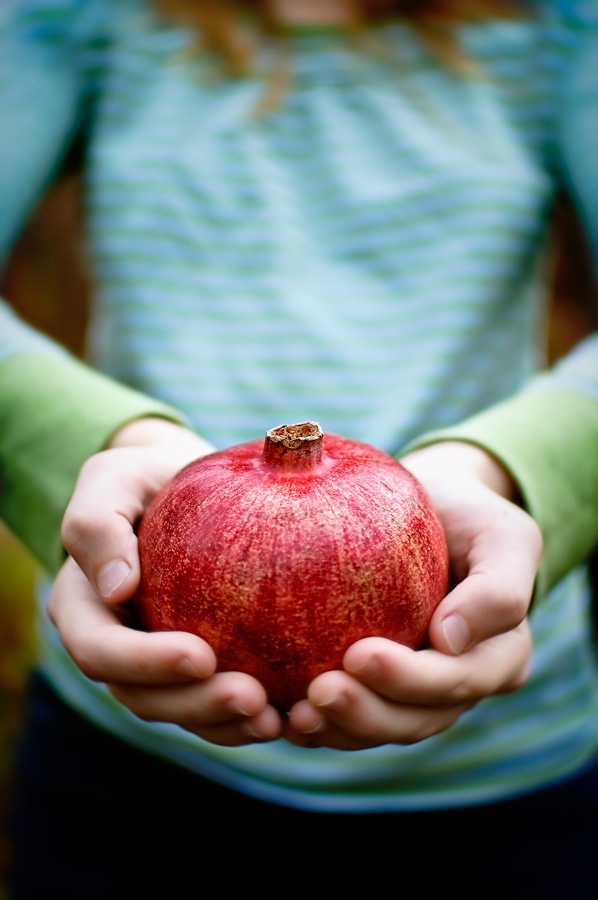 Some nutritionists recommend boiling vegetables with their skins on before peeling them, so choose your own cooking method.
Some nutritionists recommend boiling vegetables with their skins on before peeling them, so choose your own cooking method.
If you do have to boil vegetables in a saucepan, use an enamel pot, add less water and put the vegetables in boiling water. Boil until soft, but do not overcook vegetables and fruits, otherwise they will become tasteless and lose a lot of vitamins. Ready vegetables are chopped with a blender until smooth and slightly diluted with water, vegetable broth, breast milk or mixture to a gruel state, since the child does not yet know how to digest thick food. Small pieces of vegetables in puree sometimes cause the baby to refuse to eat, so the knives in the blender should be well sharpened, and if there is no technique, you can grind the vegetables through a sieve. Salt and spices are usually not added to baby vegetable puree, and if the baby is more than 6 months old, you can put a little butter in the puree.
A few rules for making baby puree at home
- Use only fresh vegetables and fruits.
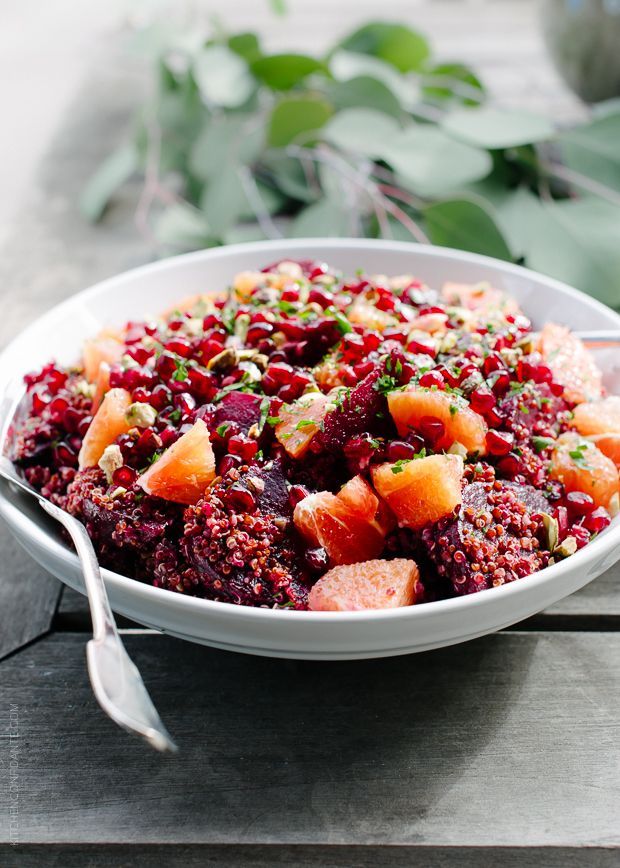
- Water for cooking vegetables must be filtered or bottled.
- If you are using frozen foods, choose only whole fruits and vegetables as they retain the most nutrients.
- All utensils for preparing baby food must be perfectly clean, so if the knife falls on the floor, it should be washed well. Also, the presence of pets in the kitchen during the cooking process is not allowed.
- Avoid high-nitrate vegetables and fruits such as spinach, lettuce, beetroot, melon, and watermelon in infants' diets.
- Store-bought vegetables are recommended to be soaked in water to remove nitrates: 1-2 hours for this, up to 24 hours for potatoes.
- Mix sour-tasting fruits and berries with sweet fruits - for example, blackcurrant goes well with banana or pear. Sour puree is unlikely to please the baby.
- Give your child only fresh food, and it is better to eat yesterday's puree from the refrigerator yourself.
Handmade fruit puree for children
Children are more likely to eat fruit puree because fruits are tastier and sweeter.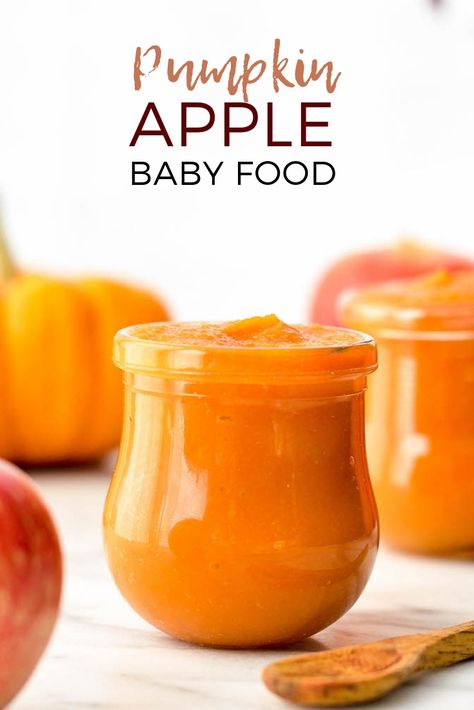 Fruits contain a large amount of vitamins, minerals, trace elements, fiber and antioxidants, so they are very useful for a growing body. However, fruits are strong allergens, especially berries, bananas, pomegranates and apricots, so they should be given with caution, watching the child's reaction. The most low-allergenic fruits are apples and pears, so it is better to start complementary foods with them, and then introduce all other fruits. First, the baby is fed with a one-component puree made from only one product, and then you can mix different vegetables and fruits, and not only among themselves. Very tasty combinations of fruits and vegetables, such as apples and zucchini, pumpkins and pears.
Fruits contain a large amount of vitamins, minerals, trace elements, fiber and antioxidants, so they are very useful for a growing body. However, fruits are strong allergens, especially berries, bananas, pomegranates and apricots, so they should be given with caution, watching the child's reaction. The most low-allergenic fruits are apples and pears, so it is better to start complementary foods with them, and then introduce all other fruits. First, the baby is fed with a one-component puree made from only one product, and then you can mix different vegetables and fruits, and not only among themselves. Very tasty combinations of fruits and vegetables, such as apples and zucchini, pumpkins and pears.
Fruits must be of high quality, without damage, ripe and juicy, and the rules for preparing fruits do not differ from the rules for cooking vegetables. Naturally, fruit puree is not sweetened with honey and sugar - the later the child learns the taste of sugar, the stronger his health will be.
Aromatic pumpkin puree
Babies enjoy eating pumpkin because of its pleasant sweetish taste, besides pumpkin is very healthy. It contains a whole storehouse of various vitamins, including vitamin T, which normalizes the metabolism in the body. For pumpkin puree, small pumpkins are suitable, since large fruits are not as tasty and difficult to peel.
Cut the pumpkin in half, and then into small pieces, one or two of which (depending on the appetite of the crumbs) cut into cubes. Boil the pumpkin in a double boiler or in water for 20 minutes, while warm, beat with a blender to a smooth puree and dilute if necessary with water or a mixture. Add oil and salt depending on the age of the child.
Gentle Broccoli Puree
One of my favorite homemade baby puree recipes is broccoli. This cabbage is extremely useful because it contains potassium, iron, calcium and other valuable substances. It has much more vitamin C than lemon, and the reason for its nutritional value is its high protein content.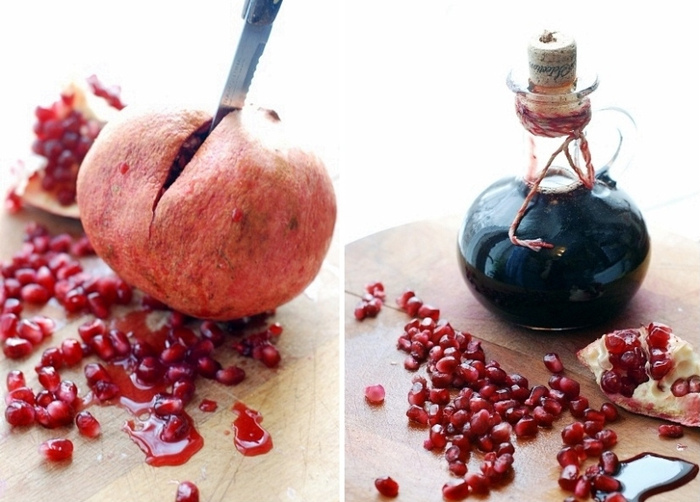
Separate the broccoli into florets, wash thoroughly and steam for 20 minutes. Cabbage cooks faster in water - fresh broccoli will take 7 minutes, and frozen - about 15 minutes. Broccoli puree does not need much water, it should lightly coat the vegetables. After the cabbage becomes soft, chop it in a blender or pass through a sieve. If you're mashing for kids older than a year old, be sure to add butter - the little ones will gobble up broccoli on both cheeks!
How to make baby pear puree at home
Pear is a very delicate, tasty and healthy fruit that rarely causes intolerance. In addition to the high vitamin value, the pear has other beneficial properties - it facilitates digestion and removes toxins from the body.
For baby food, choose green pears to reduce the risk of allergies, which, although rare, occur among babies. Peel the fruits from the peel and core with seeds, and then stew the pear in a bowl with a thick bottom in a small amount of water for 15 minutes. Let the pear cool slightly and puree it in a blender with a little of the remaining pear broth. For large kids, fruits can not be boiled, but add half a teaspoon of natural honey to the puree.
Let the pear cool slightly and puree it in a blender with a little of the remaining pear broth. For large kids, fruits can not be boiled, but add half a teaspoon of natural honey to the puree.
Zucchini and apple puree
Little gourmets will love this delicious puree, besides, zucchini is considered the most hypoallergenic vegetables, which, due to their high potassium content, have a beneficial effect on the heart. Apples contain iodine, iron and phosphorus, and due to the high concentration of vitamin C, apples help in the prevention of colds and viral infections.
Wash the zucchini and apples well, de-seed them, cut into pieces and cook in a pot for about 20 minutes, considering that the zucchini will cook 5 minutes faster. By the way, apples are steamed for 15 minutes, zucchini - 10 minutes. Next, vegetables and fruits are chopped in a blender, mixed and brought to a boil. For allergic children, this is the best side dish!
Exotic mango
Sometimes you can pamper your baby with exotic fruits - for example, make mango puree. This is a very delicate fruit with an original taste, containing 12 amino acids and improving sleep.
This is a very delicate fruit with an original taste, containing 12 amino acids and improving sleep.
Choose only ripe fruits that are soft and reddish-yellow in color. Peel the mango from a thick skin and a large bone, put the pulp in a blender, add 2 tbsp. l. water and mash it, and then heat it in a saucepan for several minutes. For a baby up to a year old, it is better to give mashed potatoes with heat treatment to facilitate digestion, and older children can be fed raw mangoes.
Carrot-potato purée
Make regular mashed potatoes without oil. Peel the carrots, grate them and stew them with butter and vegetable broth - about 1 tsp is required for 200 g of carrots. butter and 150 g of broth. When the carrot becomes very soft, wipe it through a sieve, and then put it on a plate, put mashed potatoes on the second half. Let the child choose whether to mix two types of puree for him or eat separately!
Pumpkin and apple puree
This sweet, sugar-free pumpkin-apple puree, cooked in a double boiler, is suitable for children who are already accustomed to “adult” food and are able to perceive a new unusual dish.

